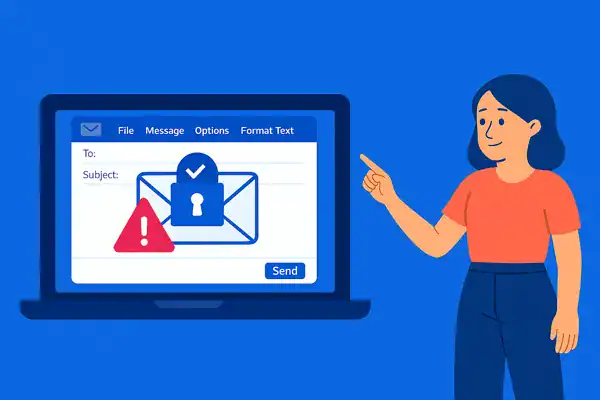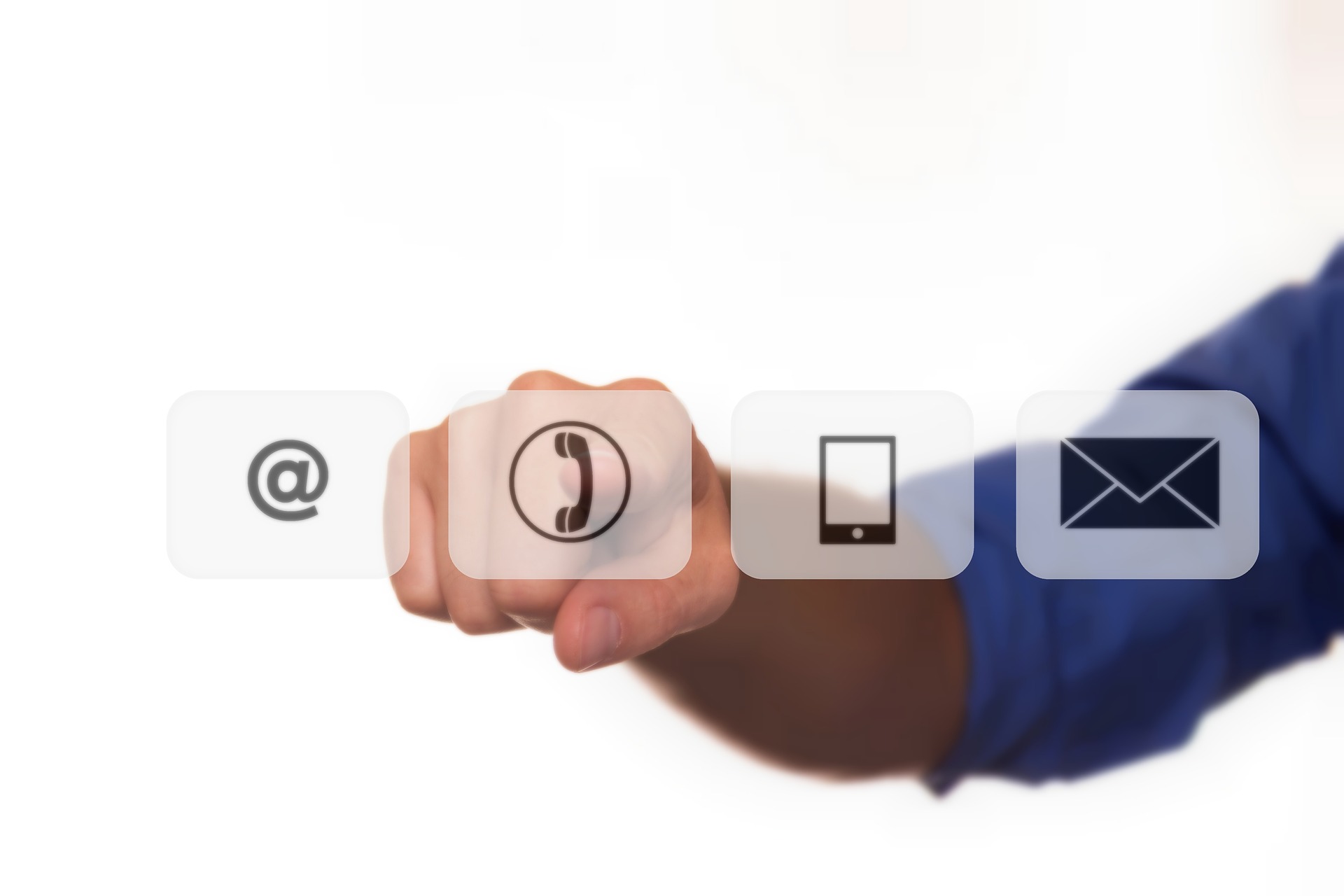How to Spot a Phishing Email in 2025 (With Real Examples)

How to Spot a Phishing Email in 2025 (With Real Examples)
Phishing attacks are no longer clunky and obvious. In 2025, they’re smart, polished, and dangerous—often bypassing traditional spam filters and fooling even tech-savvy users.
And for small businesses? One click could mean ransomware, stolen logins, or a full-blown data breach.
At NextGEN IT Solutions, we help businesses detect and block phishing attempts before damage is done. This guide shows you how to spot a phishing email, with real-world examples and tips you can use to train your team today.
What Is Phishing?
Phishing is a form of cyberattack where a scammer pretends to be someone you trust—like your bank, a vendor, or even your CEO—in order to trick you into:
- Clicking a malicious link
- Downloading a virus-laden attachment
- Entering your credentials into a fake website
- Approving a fraudulent invoice or wire transfer
Why Phishing Is Worse Than Ever in 2025
- Attackers use AI tools to write convincing emails
- Spoofed domains can look nearly identical to real ones
- Messages often pass basic spam filters
- Business Email Compromise (BEC) is on the rise
- The average phishing attack now costs SMBs over $100,000
How to Spot a Phishing Email (Checklist)
Use this quick list to evaluate suspicious emails:
✅ Sender looks off: The “from” address may be close—but slightly wrong (like billing@rnicrosoft.com instead of billing@microsoft.com).
✅ Urgent or threatening language: “Your account will be suspended in 24 hours!” is a red flag.
✅ Strange links or buttons: Hover your mouse to preview where the link actually goes—often it’s not the legitimate website.
✅ Unexpected attachments: Especially .zip, .exe, or “invoice” PDFs you weren’t expecting.
✅ Generic greetings: “Dear user” instead of using your actual name.
✅ Typos or formatting issues: Odd spacing, grammar errors, or fake logos.
✅ Requests for sensitive info: Real companies won’t ask you to “confirm your password” via email.
Real Example 1: Microsoft Login Spoof
Subject: “Security Alert: Your Account Sign-In Was Blocked”
Why it looks real:
- Uses Microsoft logo
- Links to a nearly identical login page
- Includes “security ticket ID” for realism
Giveaway signs:
- The sender’s domain was @secure-officeonline.co
- URL behind the login button didn’t go to microsoft.com
- Included typos like “pleese verify immidiately”
Real Example 2: CEO Fraud Email
Subject: “Quick Favor—Need a Wire Sent Today”
Why it looks real:
- Spoofed email matched the CEO’s name
- Sent during lunch hours when accounting was short-staffed
- Referenced a real vendor name pulled from LinkedIn
Giveaway signs:
- Sent from a Gmail address
- Urged secrecy: “Don’t loop in anyone else—this is urgent”
- Included wire transfer instructions to a new account
Real Example 3: QuickBooks Payment Notice
Subject: “Overdue Invoice #84721 – Immediate Action Required”
Why it looks real:
- Branded like QuickBooks
- Came with a PDF invoice
- Click led to a login page that mimicked Intuit
Giveaway signs:
- Sender’s domain was @intuit-quickb00ks.info
- The invoice contained a macro payload
- Email wasn’t expected—client was up to date
What to Do If You Suspect Phishing
- Don’t click anything. Don’t reply or open attachments.
- Hover over links. Check for suspicious URLs.
- Verify separately. Call the sender using a known phone number—not a number in the email.
- Report to your IT team. Or forward it to phishing@yourcompany.com.
- Delete the email. Or use your company’s “report phishing” tool.
How to Protect Your Business from Phishing
At NextGEN IT Solutions, we deploy multiple layers of phishing protection:
✅ Email Filtering and Threat Intelligence
We block phishing emails before they hit inboxes using advanced spam filtering and AI-based scanning.
✅ Multi-Factor Authentication (MFA)
Even if a password is compromised, MFA blocks access.
✅ End User Training
We provide ongoing phishing simulations and cybersecurity training to help staff recognize threats.
✅ Endpoint Detection & Response (EDR)
If something slips through, EDR can stop malicious downloads or isolate infected devices instantly.
✅ Incident Response Plan
We help you build a documented process so you’re ready if someone clicks.
Final Thoughts: Phishing Isn’t Going Away—But You Can Be Ready
Cybercriminals are getting smarter, but so can your team.
Knowing how to spot a phishing email is one of the simplest—and most powerful—ways to protect your business. Combine user education with the right IT tools, and your business stays safe, compliant, and confident.
At NextGEN IT Solutions, we help small businesses in Pennsylvania and beyond stop threats before they spread. We don’t just deploy tools—we train your team and support your growth.
👉 Want a free phishing risk assessment or sample training demo?
Contact us today, or explore more tips in our blog.



